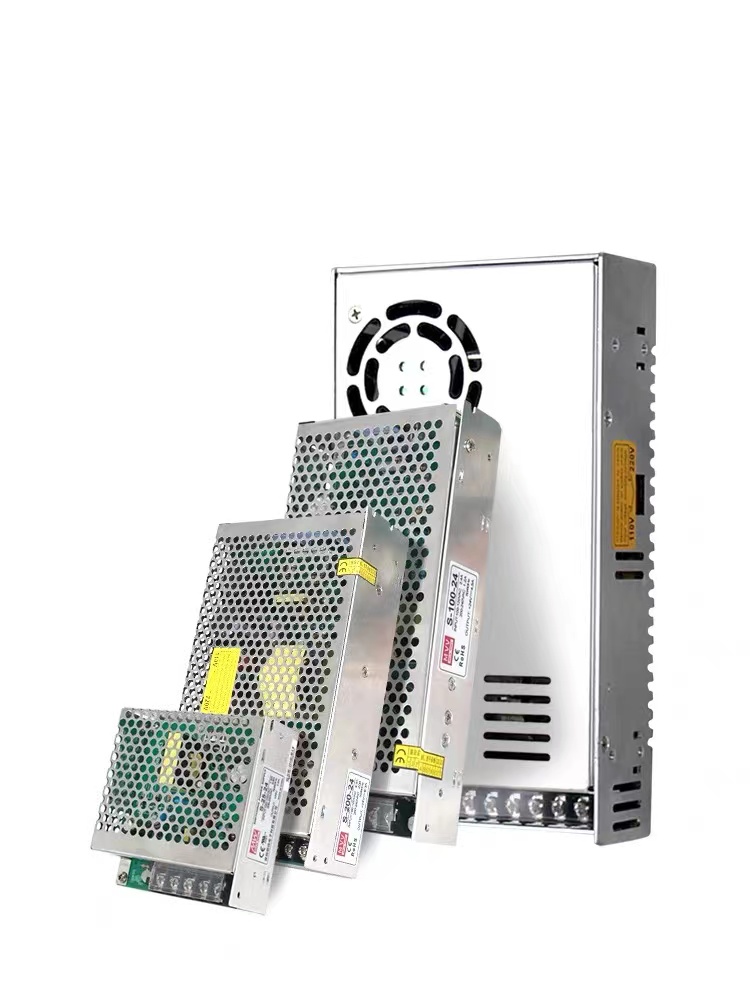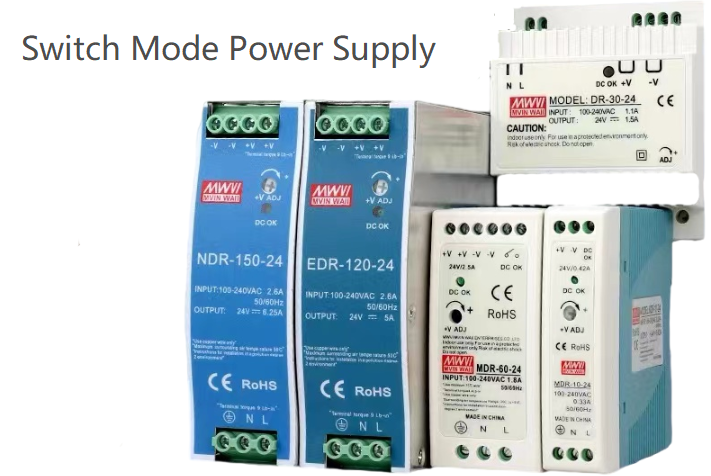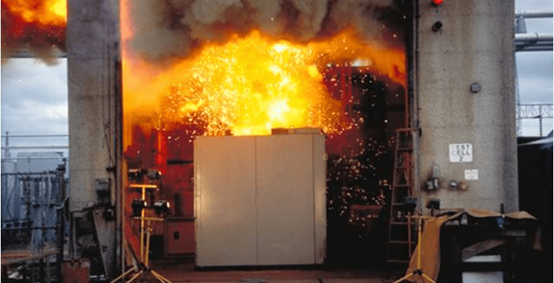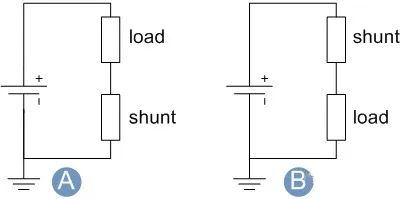Switch mode power supply is an abbreviation of switching regulated power supply, which can convert one power supply state to another state automatically. It can be divided into isolated switching power supply and non-isolated switching power supply. Judgment method: whether the input and output are the same ground.

The working process of switch mode power supply (SMPS working)
The SMPS power supply is divided into two parts control circuit: the main circuit and the control circuit.
The main circuit consists of half parts: the input circuit (low-pass filter and primary rectification), the power conversion circuit (electronic switch and high-frequency transformer), and the output control circuit (secondary rectification and smoothing filter).
Control circuit components: signal sampling circuit, control circuit (comparator and error amplifier), frequency oscillation generator.
After the 220V AC passes through a low-pass filter circuit and a bridge rectifier circuit, an unregulated DC pulsating voltage is obtained, and the pulsating voltage is corrected by the power factor. Make its input current the same as the input voltage, and obtain a DC voltage with a high power factor and low harmonic content.
This voltage is transformed into a controlled high-frequency square-wave pulse voltage that meets the design through electronic switches and high-frequency transformers for electrical energy conversion. After the high-frequency voltage is rectified and filtered twice, it becomes a DC voltage output.
Compare and amplify the output voltage divider sampling with the set reference voltage, and pass through the frequency oscillation generator to generate a high-frequency signal, which is superimposed with the control signal, and pulse width and frequency modulation are performed to achieve pulse width and frequency Modulated square wave.

Classification of switch mode power supply
1. Classified according to the nature of work:
Hard switching: such as PWM pulse width modulation.
Soft Switching: An electronic switch turns on at zero voltage and turns off at zero current.
2. Classified according to the transformation method: AC/DC, DC/DC, DC/AC, AC/AC.
3. According to whether there is transformer isolation between input and output
4. Classified according to the excitation mode: self-excited (single-click, push-pull), externally excited (pulse frequency modulation PFM, pulse width modulation PWM, pulse amplitude modulation PAM, pulse resonance RSM).
5. Pulse width modulation converters can be divided into the following types: forward type, flyback type, half-bridge type, full-bridge type, push-pull type, and blocking type.
6. Classified according to resonance mode: series assist, parallel resonance, series-parallel resonance.
Composition of switch mode power supply
1. Flyback single transistor conversion circuit
2. Flyback dual-transistor conversion circuit
3. Forward single transistor conversion circuit
4. Forward two-transistor conversion circuit
5. Half-bridge conversion circuit
6. Bridge conversion circuit
7. Push-pull conversion circuit 8. RCC conversion circuit






